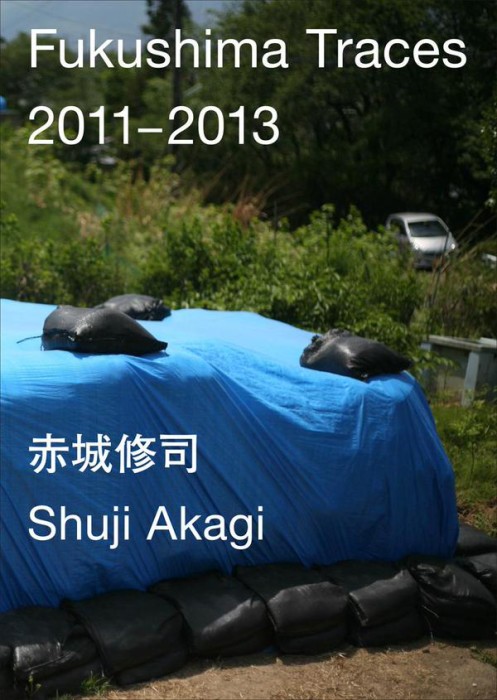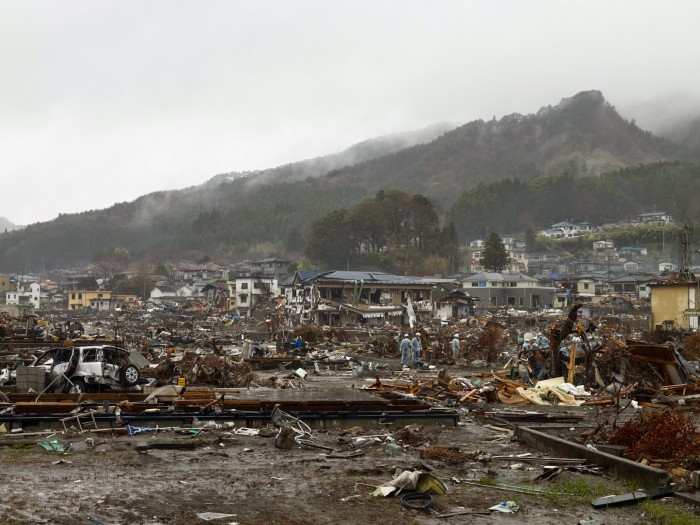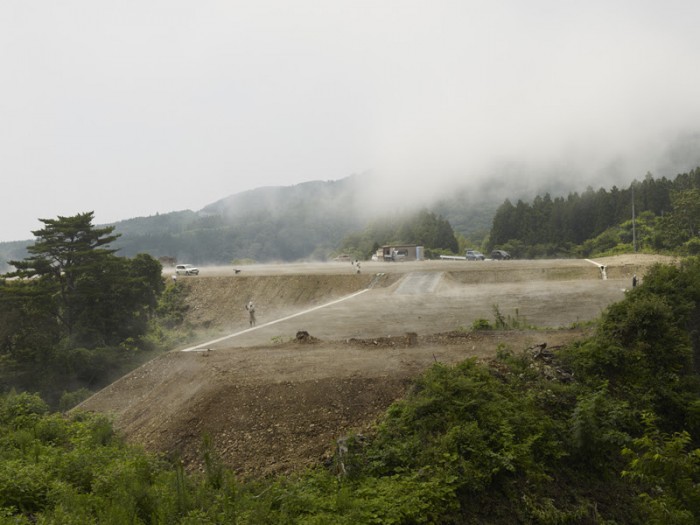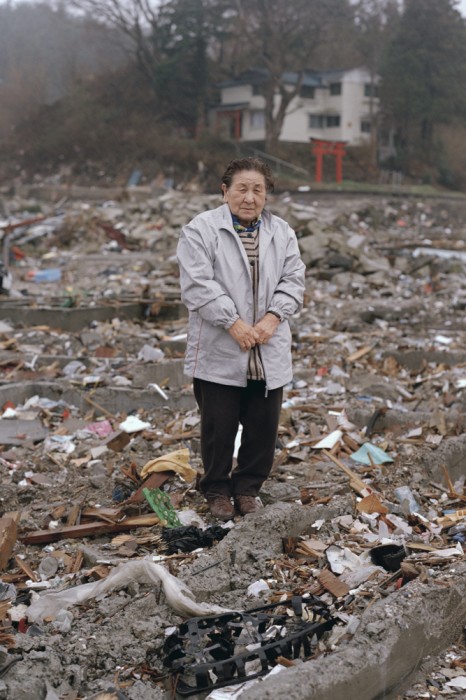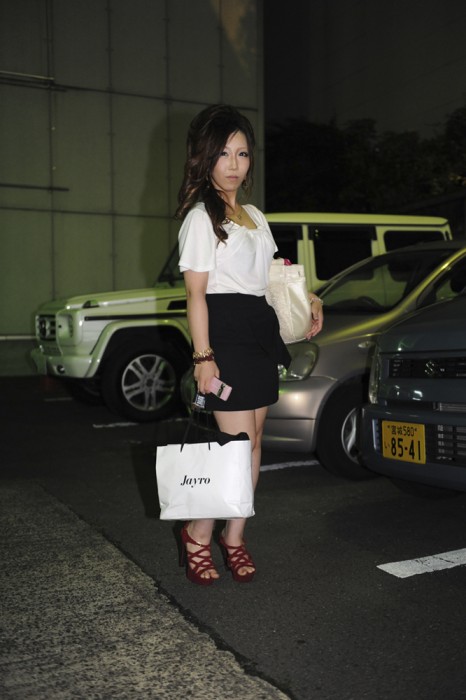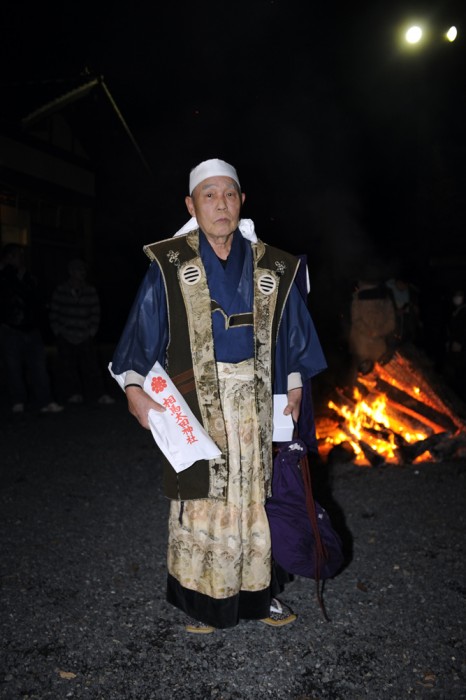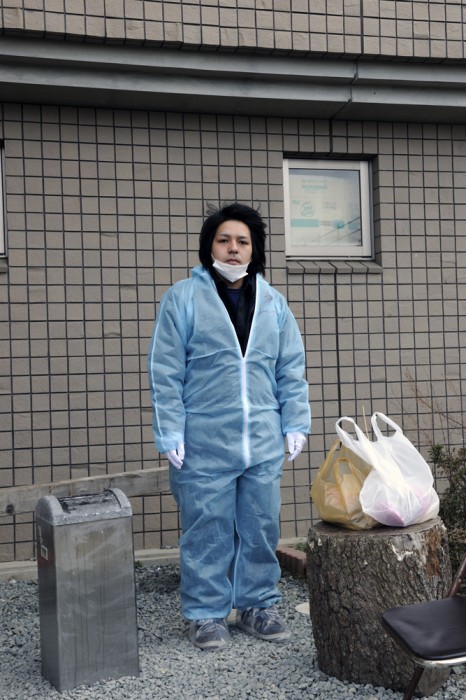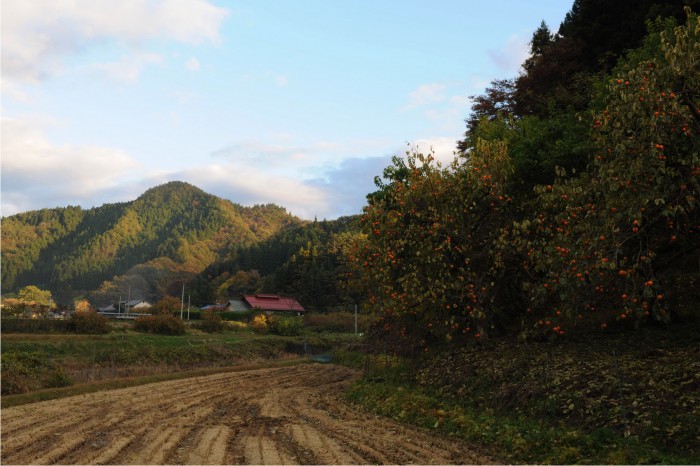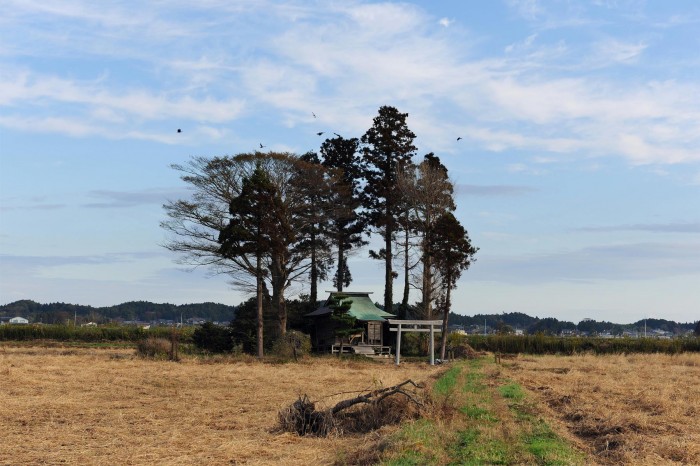I have not written as much about Keizo Kitajima as I would have liked; his work interests me quite a lot, in no small part because of the progression of his career, from black-and-white Moriyama snapshot disciple to crisp, large format color urban landscape photographer. He has produced a number of noteworthy photobooks, but I would like to give a special mention to his project USSR 1991 , which was realized as a photobook by Little Big Man.
Kitajima has just started a project called Untitled Records, which will consist of 25 exhibitions (to be held four times a year) at photographers’ gallery in Shinjuku. A small, reasonably-priced booklet will accompany each exhibit. The first exhibit, which consisted of three images taken in Tohoku after the earthquake, just closed last week. The good news for people outside of Japan—and indeed, the reason that I’m writing about the show here—is that Kitajima has created a website to track the progress of the project.
I look forward to tracking it myself as a “person outside of Japan,” because I am returning to America in just a matter of months; this September, I will start a PhD program in Art History at UCLA. “Street Level Westwood”? I don’t think so.
